4 Points to Avoid Pin Bending in CIEM 2Pin
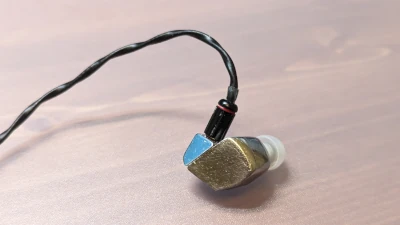
Introducing four points to use 2Pin type IEMs for a long time.
Tragedy Strikes Suddenly
I purchased the JH13Pro almost four years ago and have handled it with great care.
The excitement I felt when I first listened to it is still vivid in my memory, and even as new IEMs continue to emerge,
I have stuck with it. Whether commuting by train, at home, or developing DIY audio accessories,
it has become an integral part of my life.
At the time, with the metal faceplate option, it cost around ¥156,000;
now, without options, it's ¥177,800, and delivery takes over three months.
The thought of any breakdown is unthinkable due to the high cost and time involved.
However, tragedy can strike suddenly...
JH13Pro socket pin bent. I messed up. pic.twitter.com/qkrgX2vBvr
— Siba (@iRslog) October 28, 2014
While taking the earphones out of the pouch during a train commute, I noticed that the pin on the left side of the IEM was bent.
When I tried to fix it, one pin snapped off completely. As I attempted to pull it out, the other one also broke.
The pins ended up stuck in the socket and couldn't be removed.
Repair costs exceed ¥20,000, and as mentioned, it takes a significant amount of time.
Why did this accident happen?
Situation Before the Accident
As shown in the photo, the IEM is a flat-type 2Pin model. The pins are JH style, which is the standard 0.78mm type for 2Pin connectors.
The quality of the connector itself is fine for normal use.
For carrying the cable, I used a semi-hard fabric pouch from UM, which has some flexibility.
This is my fourth cable; starting from the second one, I've used self-made ones, and up until the fourth, I reused the 2Pin connectors.
I've bent the pins more than 45 degrees about twice before, but I straightened them and continued using them.
During this pin breakage incident, I applied a third load, which led to the accident.
Points to Prevent Accidents
Unlike MMCX pins, CIEM pins are fragile and basically break due to metal fatigue from excessive stress.
It's safe to assume that for flat-type connectors, extra caution is needed as they are prone to stress.
In my case, the fact that it survived two bends, along with being able to reuse and repair them myself through DIY,
led to a complacent attitude of thinking I could just fix it if it broke.
As a result, I didn't pay attention to the risks and ended up with serious damage.
To avoid such unnecessary risks, it's wise to keep the following points in mind.
1. If a pin is bent more than 45 degrees, do not use that cable
2. Avoid soft cases and ensure stress-free transportation
3. Avoid unnecessary plugging and unplugging of cables
4. Order with embedded connectors
Point 1 is a direct cause of metal fatigue. You can't use it while bent, so straightening it might seem like a solution, but that adds to the fatigue.
This increases the risk of pin breakage, so it's cheaper and safer to replace the cable or swap the connector.
Point 2 addresses transportation issues. Using soft materials can transfer stress to the connector during transit.
Even with rigid cases, if things move around loosely, the same problem can occur.
Since the connector protrudes from the CIEM, external pressure can easily affect it.
Therefore, a sturdy case that minimizes such risks is ideal for transportation.
Point 3 is about avoiding unnecessary plugging and unplugging. With a 0.78mm socket and 0.78mm connector,
strong friction occurs, wearing down both the pins and socket during insertion and removal.
This wear can loosen the cable's fit and risk deforming the pins, so avoid unplugging unless necessary.
Additionally, some connectors are thicker than 0.78mm or are 0.75mm types, which may not fit properly.
Using mismatched sizes can cause wear or pin breakage. If you feel any discomfort when attaching a cable, it's best not to use it.
Point 4 involves embedded connectors, where part of the connector is embedded into the shell to reduce stress on the pins.
This might limit cable options, which some people dislike, but recently, many recabling products support embedded connectors.
If you're aiming for the best sound quality, options like UM, Rooth, 1964, Assembly Lab, Westone, and Canal Works' new models support embedded 2Pin,
so choosing embedded is a good idea if durability is a priority.
Some manufacturers don't offer embedded options. If you already have a flat-type, you'll have to invest time and money to change it.
However, just following the first three points can greatly reduce the risk of pin breakage. Metal fatigue is mostly due to user handling and environment,
so if any of this sounds familiar, I recommend taking precautions against risks.
Also, if you're considering purchasing a 2Pin type IEM in the future, please keep these four points in mind
to enjoy it for a long time. I hope fewer people make the same mistake.
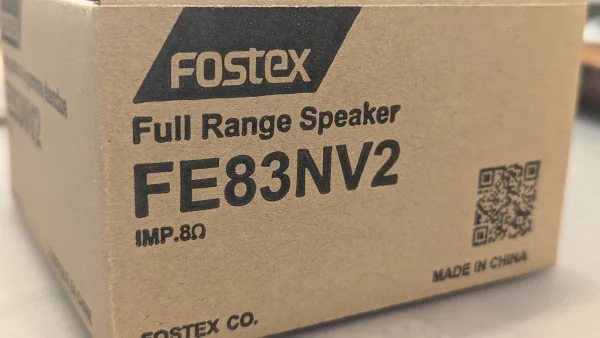
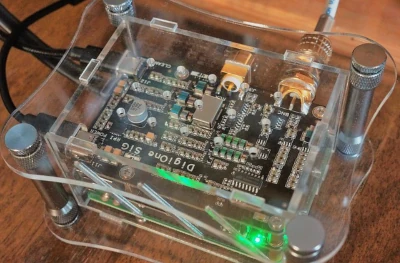
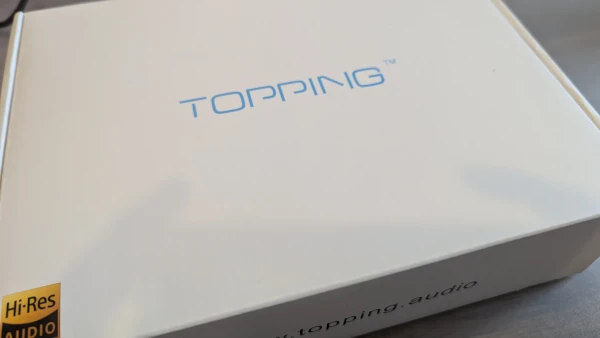
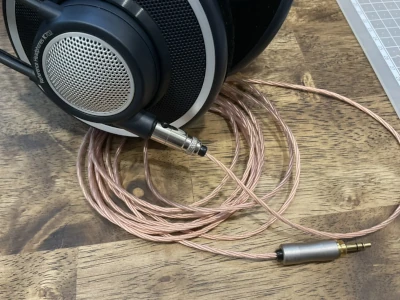
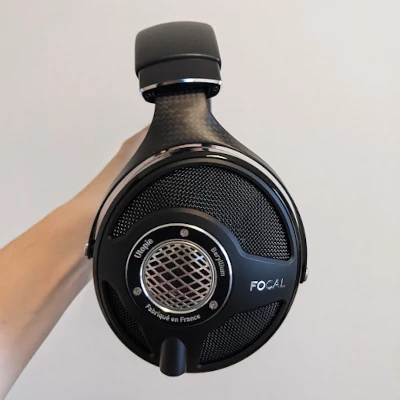
![[Review] I bought the Sony WH-1000XM6](https://b.rmc-8.com/img/2025/05/31/86387faf6089cb5d5732fa3a8e5d211c.jpg)